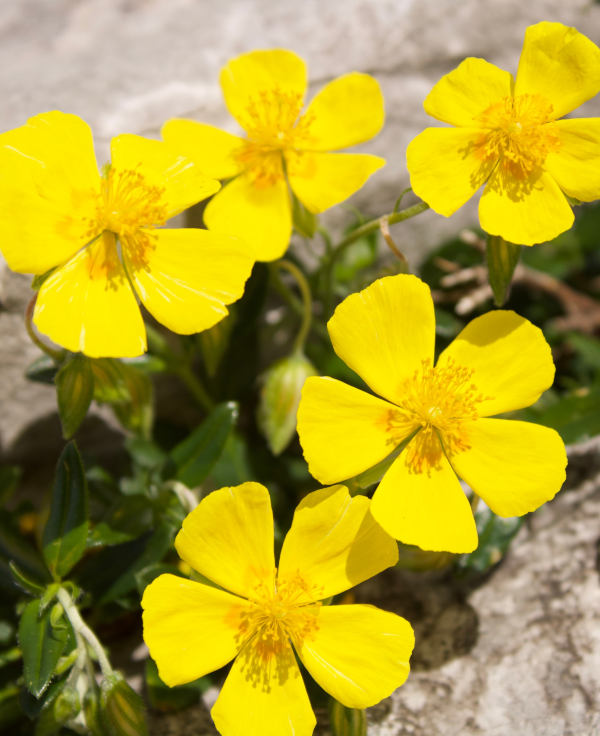How to grow Helianthemum
Also known as rock rose, helianthemum is a genus of around 110 species of low-growing shrubs found throughout the northern hemisphere, though especially in the Mediterranean. It is grown for its profusion of brightly coloured, papery, saucer-shaped flowers from late spring to midsummer, and carpet of attractive, often silvery foliage.
The individual flowers of helianthemum last only a day, though for the duration of the overall flowering period (three to four months) there is always an abundance of new buds to take over the following morning.
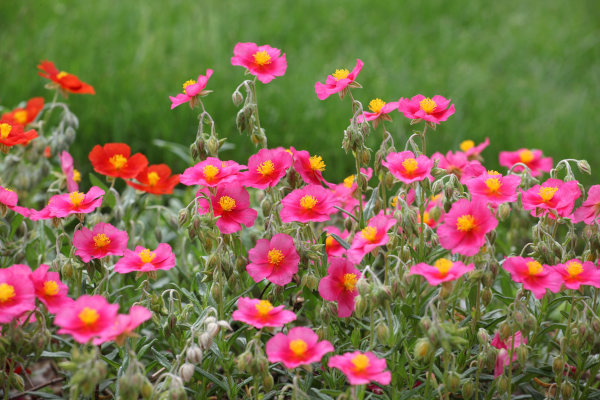
Zantedeschia is a genus of flowering plants from the family Araceae and is native to southern Africa. With a rich history dating back to the Ancient Romans, these deciduous or semi-evergreen perennials have been used as a symbol of celebration. Zantedeschia was Named after Professor Giovanni Zantedeschia, an Italian botanist.
There are two main forms of Zantedeschia: hardy and tender. Hardy forms of the plant can be grown outdoors, enjoy moist soil and full sun or partially shaded conditions - these are known as Arum lilies. Tender forms of Zantedeschia prefer being grown in containers or pots and should be brought inside over the winter - these are known as Calla lilies.
With tuberous flora in all colours from whites, yellows and oranges to deep reds and purples, Zantedeschias are not to be overlooked in any garden, as long as they have sufficient sunlight to grow in.
Ready to learn more about growing Zantedeschia? Read on for all there is to know...

Key Information
Soil pH
Position
Hardiness

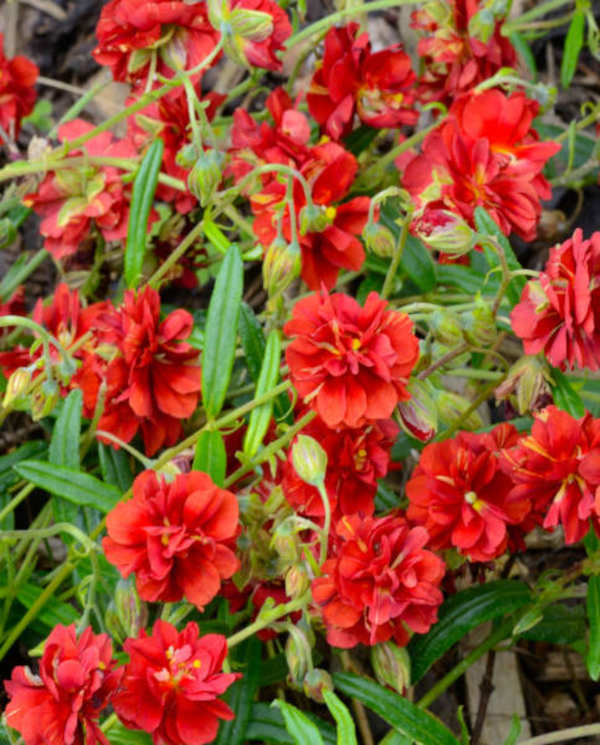
Where & when to plant Helianthemum
Position- Full sun
Soil- Well-drained, neutral to alkaline
Flowering Period- Late spring to midsummer
Hardiness- Hardy
For drainage-loving plants such as helianthemum which do not enjoy sitting in damp conditions, it is best to plant in spring once the wettest of the winter weather is over. It is also possible to do a later planting in summer, though be prepared to water regularly.
Helianthemum likes a hot, sunny spot (often where little else will grow) and is ideal for using as groundcover on a sun-baked bank, in a rock garden, tumbling over a wall, or at the front of a well-draining border. It can also be used to fill paving crevices or holes in walls (providing a little soil is added too). This tough little evergreen copes well with salty wind, making it a good choice also for coastal situations. Avoid soil prone to winter waterlogging.
We have had limited success growing helianthemum in a container; its natural adaptation to growing in hot, dry conditions is to send its roots out far and wide and it tends to struggle when this is interrupted. However, as a short term (i.e., one growing season) approach this remains an option, provided plants are watered frequently.
How to plant Helianthemum
In the ground
- Clear the chosen area of weeds.
- Dig a planting hole several times larger than the root ball. It is a good idea to mix in plenty of horticultural grit and well-rotted organic matter at this stage.
- Place the plant in the hole, ensuring the top of the root ball sits level with the surface of the soil. Too low and the plant may rot, too high and the roots can dry out.
- Backfill with soil and firm in gently.
- Soak well with water.
- Mulch around the base with well-rotted organic matter.
In a container
- Choose an appropriate container with plenty of drainage holes.
- Use a good quality potting compost with plenty of horticultural grit mixed in, and, if not already present in the compost (check the description on the bag) some slow-release feed.
- It can be a good idea to fill and plant larger containers in situ to save yourself the trouble of moving them once full.
- Start by partially filling the pot with compost; enough so that when placed on it the upper surface of the root ball is about 3cm lower than the top of the pot.
- Infill all the space surrounding the root ball with compost, firming down with your fingers then adding a little more so the plant is held tight.
- Pick up the pot (if you can!) and lightly tap on the ground a few times to help further settle the compost around the plant.
- Soak well with water.
- A mulch with horticultural grit will look attractive and help to prevent a ‘cap’ or crust forming on the top of the compost (something container plants can suffer due to the artificial nature of their watering).

What to plant with Helianthemum
If you have the hot, sunny conditions required for helianthemum, you can also grow a spectacular range of other brightly coloured, drought-tolerant plants such as close relative cistus, delosperma, gaillardia, osteospermum, verbascum, eryngium, and one of our favourite recent discoveries, Delphinium nudicaule ‘Laurin’.
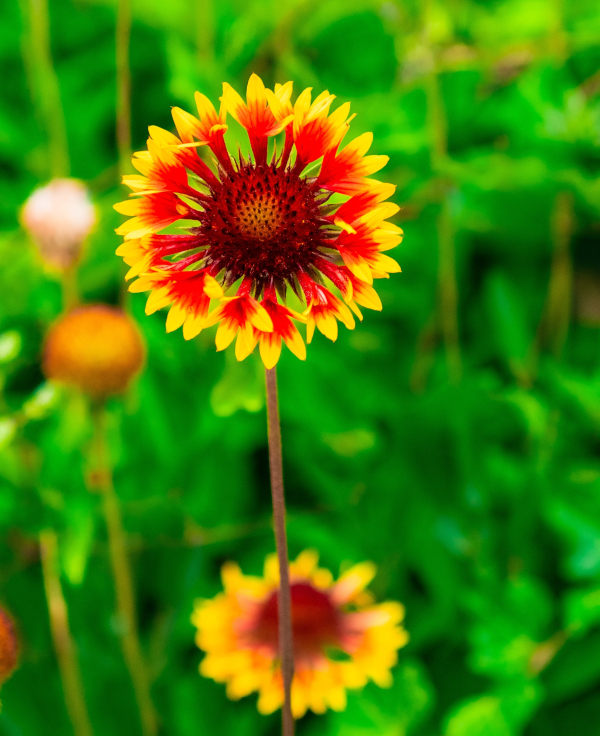
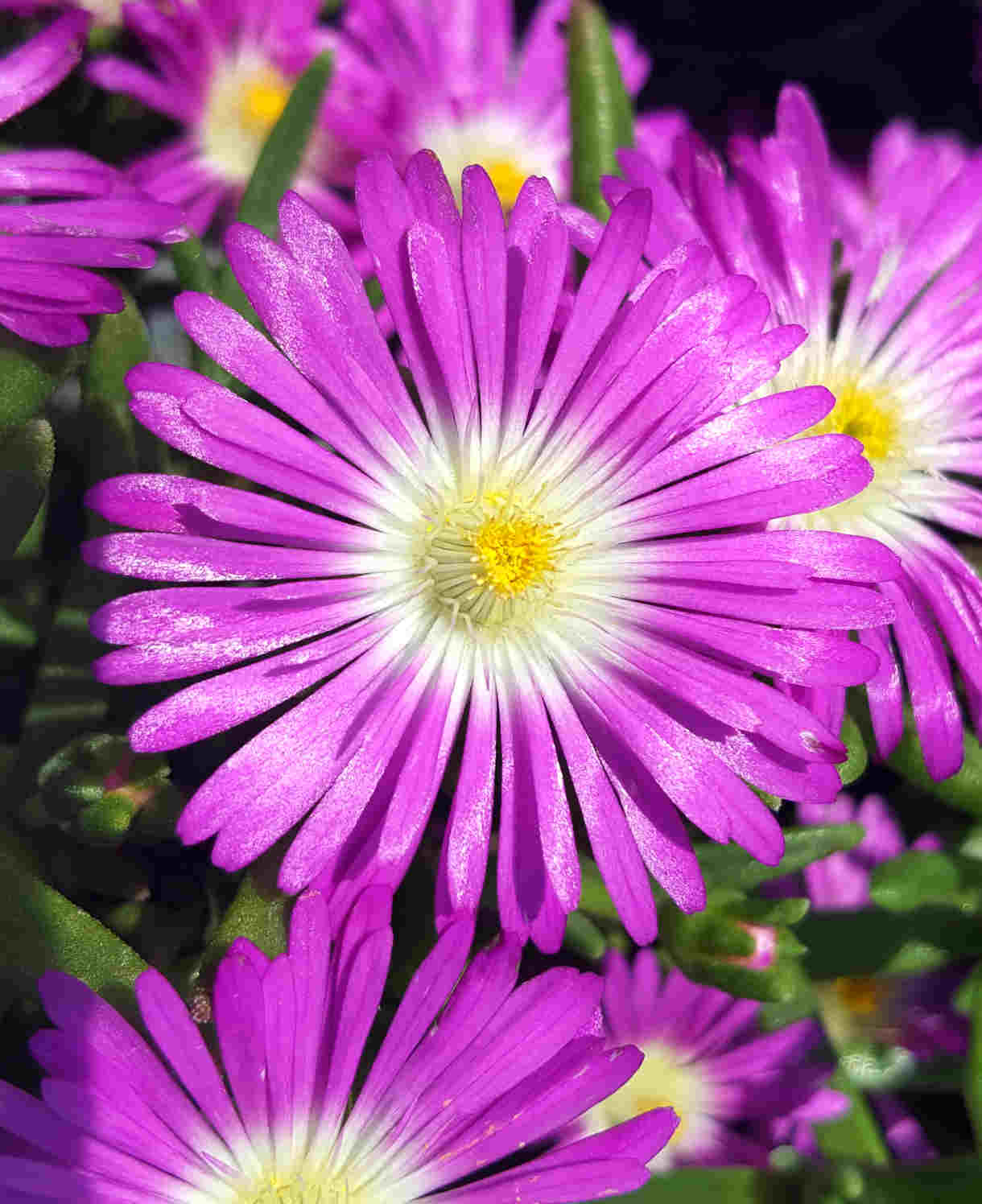
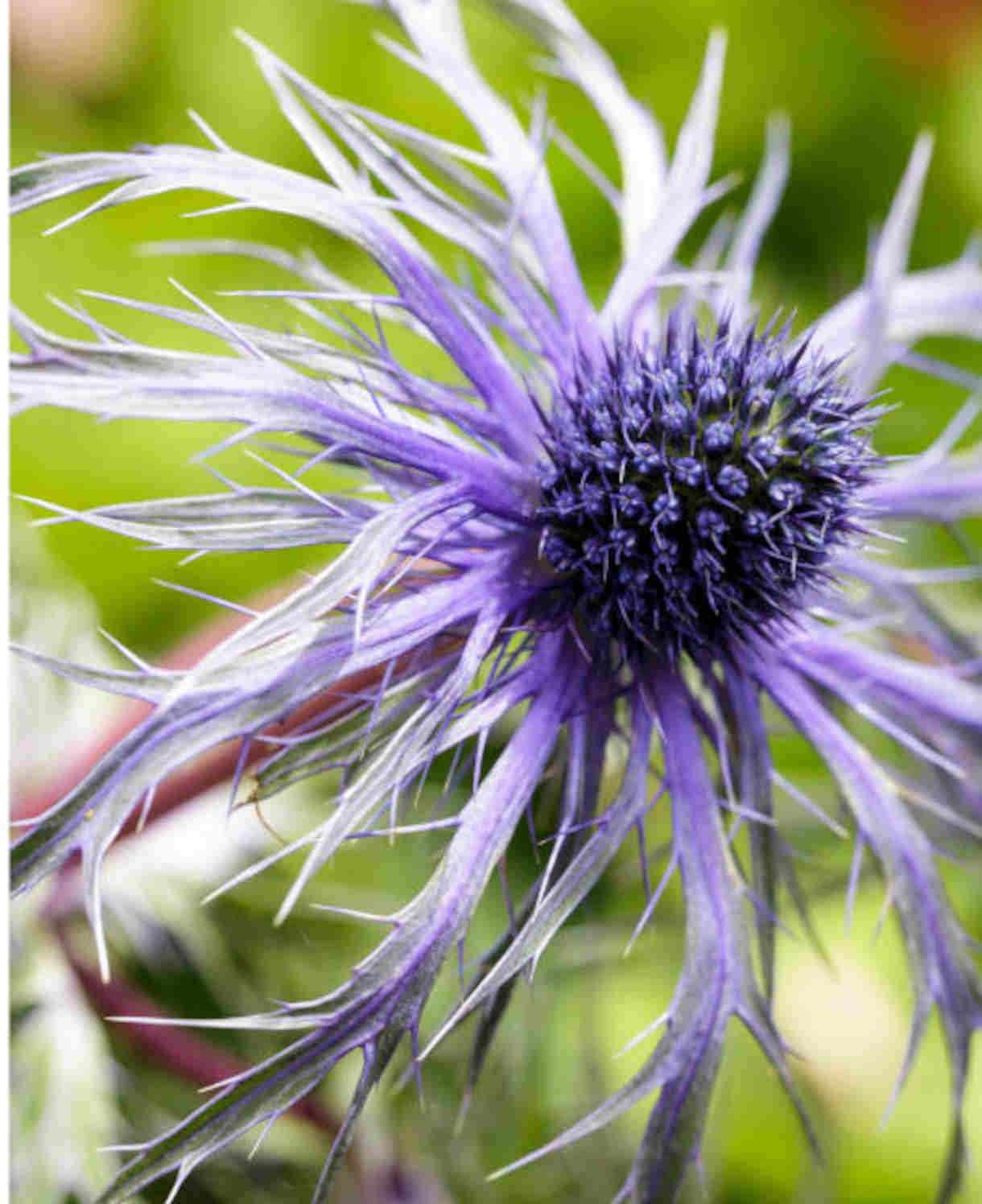
How to care for Helianthemum
Pruning and Deadheading
We recommend leaving newly planted helianthemum untouched for the first year, then from year two it should be sheared lightly after flowering (usually around mid-July). This both maintains a neat shape and encourages a later flush of flowers. Try to do this every year, as helianthemum tends not to regrow from old wood.
Watering
Water regularly until established, after which this drought tolerant plant tends to take care of itself.
By contrast, container-grown helianthemum tends to dry out quickly and should be watered freely during the growing season.
Cold Protection
All the helianthemum currently sold by Hayloft are hardy to between -5°C and -10°C and should therefore withstand the average UK winter without the need for added protection. As is the case with all drainage-loving plants, hardiness can be impaired by sitting in wet soil over winter.
If you have any concerns about your helianthemum surviving the winter in your area (perhaps you live in a particularly cold region, or garden on heavier soil), it can be worth taking cuttings as an insurance against losses. See ‘How to propagate helianthemum’ section below for detailed instructions.
Pests and Diseases
Helianthemum tends to be trouble-free.
How to propagate Helianthemum
Helianthemum can be propagated by cuttings taken during the growing season.
- Find non-flowered shoots 5-10cm long and snip off the plant.
- Put them in a plastic bag straight away to prevent drying out.
- Fill a container with a compost mix which is at least 50% perlite (or if you prefer, as we do, 100% perlite).
- Trim the end of the cutting to just below a node (point at which leaves grow).
- Remove the lowest third of leaves.
- If the remaining leaves are large, cut them in half with a sharp knife (to reduce water lost through transpiration).
- Insert the cuttings into the compost and water lightly. Several cuttings can be put in the same container if there is enough space to do this without them touching.
- Place in a greenhouse or propagating unit if you have one or covered with a plastic bag on a windowsill if not (out of direct sunlight).
- Keep the cuttings misted and occasionally watered until they root. You will know this has happened when roots emerge out of the bottom of the container.
- Gently remove rooted cuttings and pot them into individual pots. Grow on in a cool yet frost-free environment such as an unheated conservatory, greenhouse, or cold frame, until they are large enough to be planted out.
Common Helianthemum questions
- Is helianthemum a perennial?
All species of helianthemum are classed as shrubs, meaning they develop a permanent woody framework. Most are evergreen, though in cold winters may be semi-evergreen. - Can you grow helianthemum in a container?
For a short time, yes, though it resents this as a long-term solution. See ‘When and where to plant helianthemum’ for more details. - How tall does helianthemum grow?
Helianthemum is a low-growing, ground-hugging plant. All the varieties sold by Hayloft reach a maximum of 30cm in height. - Can you hard prune helianthemum?
Helianthemum tends not to regrow from old wood. This makes keeping it in check with a light, annual prune especially important, to avoid the need for a regenerative approach.
